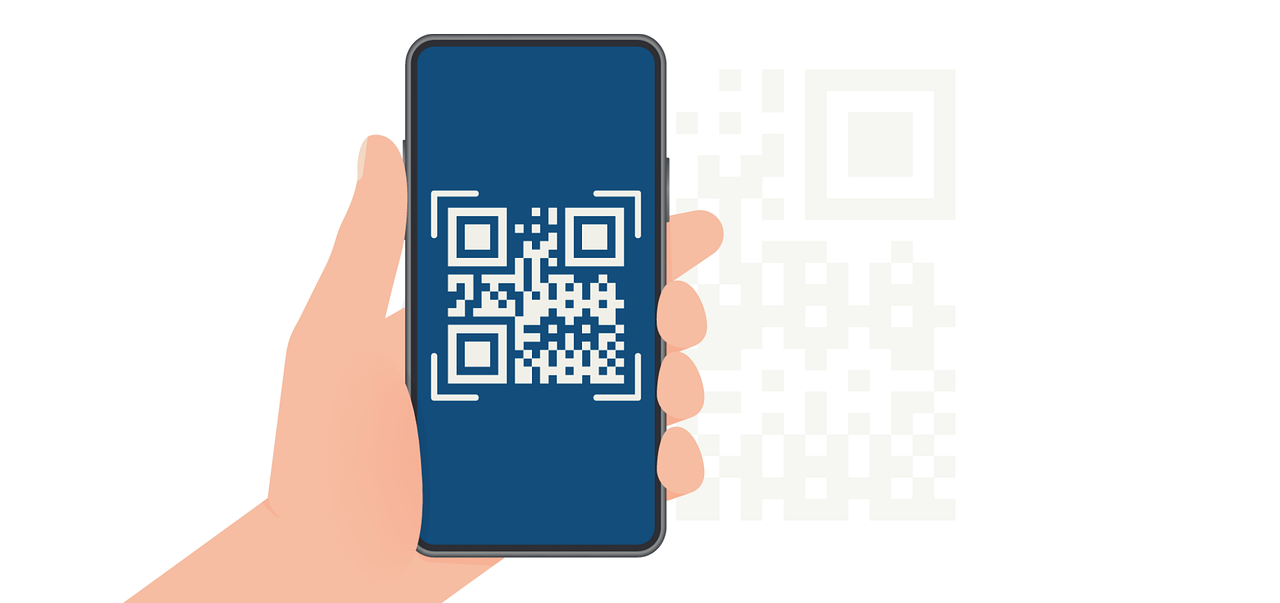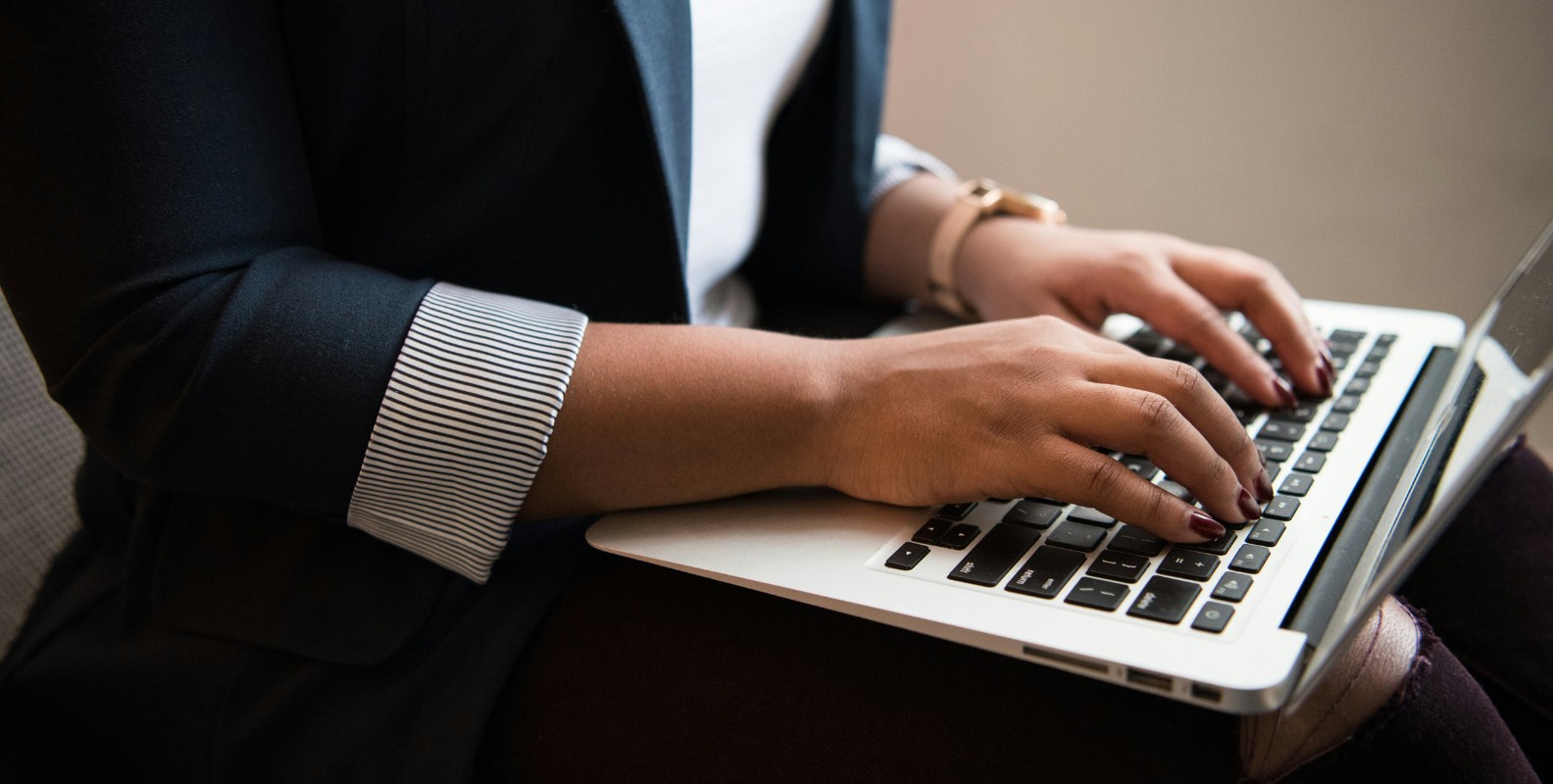Email Sign-Off Alignment Chart: Get The Perfect Professional Email Ending
Explore the Email Sign-Off Alignment Chart to find the perfect sign-off that elevates your email closings.

Did you know that the way you close an email can reveal more about your personality than you might think? In fact, choosing the right sign-off can be just as important as the email itself.
Enter the Email Sign-Off Alignment Chart - a tool that helps you understand how different sign-offs align with your tone, personality, and the formality of the conversation.
In this article, we will explore:
- Secrets of the email sign-off alignment chart
- What your closing phrase says about you
- Why the right sign-off is crucial
- Different types of closings and when to use them
Professional Email Sign-Off Alignment Chart
Behold, the chart that will forever change how you view closing an email:

This chart categorizes sign-offs into nine distinct alignments, ranging from Lawful Good to Chaotic Witty.
Each position on the chart represents a unique combination of formality, tone, and implied relationship between the sender and recipient. For emails that include professionally designed attachments, using a drag and drop PDF builder ensures consistency and a polished final impression.
Decoding the Alignments: What Your Sign-Off Says About You
The "Casual" Tier: Friendly and Approachable
- Casual Friendly: "Cheers!"
- Informal and upbeat.
- Perfect for creative industries or close work relationships.
- Exudes friendliness and approachability.
- Casual Neutral: "Talk soon,"
- Friendly yet professional.
- Ideal for ongoing collaborations and informal exchanges.
- Casual Witty: "Until next time,"
- Playful and light-hearted.
- Suitable for familiar or casual exchanges.
The "Neutral" Tier: Balanced Professionalism
- Neutral Positive: "Thanks, have a good day!"
- Warm and appreciative.
- Great for colleagues and acquaintances.
- True Neutral: "Sincerely,"
- Works in any context.
- Professional without overdoing warmth.
- Neutral Quirky: "Best wishes from my inbox to yours,"
- Adds personality while maintaining professionalism.
- Perfect for those seeking a unique touch.
The "Formal" Tier: Polite and Respectful
- Formal Cordial: "Best regards,"
- The epitome of professionalism.
- Ideal for formal business communications.
- Formal Standard: "Yours faithfully,"
- Traditional and respectful.
- Suitable for highly professional exchanges.
- Formal Distinctive: "With appreciation,"
- Expresses gratitude with a thoughtful tone.
- Adds a touch of warmth to formal communications.
Bonus - Super Amazing Email Endings
Email endings don’t have to be boring—add some flair to your sign-offs with these creative and engaging options that guarantee a response every time. Looking for inspiration? Explore the best email marketing layouts for creative ideas.
The Funny Ending That Always Gets a Reply
Looking to stand out in your recipient’s inbox and guarantee a response? Add a dash of humor! Here are some hilarious and playful email endings that are sure to make an impact:
- "May your coffee be strong, and your Monday be short!"
Perfect for those early-week check-ins when you want to lighten the mood and make them smile. - "If you ignore this email, I’ll assume you owe me a coffee. Deal?"
A friendly nudge wrapped in humor—this one’s great for encouraging engagement without coming across as pushy. - "Reply or I’ll start telling you puns. You’ve been warned!"
For those who know their recipient has a sense of humor, this witty line keeps the conversation fun and casual. - "I’ll be here waiting, refreshing my inbox like a Netflix series."
Poking fun in the digital age, this one is a light-hearted way to show eagerness for a reply.
Email Endings That Are So Good That They Always Get a Reply
Want to craft an email ending that’s irresistible? These playful yet effective closers are designed to make your recipient feel special—and almost compelled to reply:
- "Here’s hoping your day is as productive as an ‘Out of Office’ email reply!"
A clever twist on the classic OOO email, this one’s a surefire way to grab attention and get a chuckle. - "Before you hit 'reply,' imagine your favorite dessert waiting for you as a reward!"
An engaging and imaginative approach that gets the recipient thinking—and hopefully, typing back! - "I’ve attached a reply button below—feel free to click!"
A cheeky reminder that replying is just a click away, delivered with a wink. - "If you reply to this, I promise not to send you cat memes (okay, maybe just one)."
Perfect for cat lovers or anyone who enjoys a little playful banter.
How to Choose the Right Email Sign-Off
Your email sign-off is your virtual handshake—it’s the final impression you make. Choose wisely to match the tone and intent of your message.
The Power of Tone and Professionalism
A strong sign-off can:
- Reinforce professionalism
- Build rapport
- Show personality (when suitable)
For example, “Best regards” suits formal communications, while “Cheers” fits casual settings. Want better email templates? Check out the best HTML email template builder.
Pitfalls of a Mismatched Sign-Off
An off-tone sign-off can:
- Undermine credibility
- Create confusion
- Offend the recipient
Ending a job application with “See ya later!” can seem unprofessional, no matter how polished the email.
Aligning Sign-Offs with Intent
Match your sign-off to your message’s goal:
- Boost responses: “Thanks in advance” increases response rates.
- Clarify intent: A fitting close reinforces your message.
- Build trust: Consistent, suitable sign-offs strengthen relationships.
Use your sign-off as a final touch to leave a lasting, positive impression..
Common Types of Email Sign-Offs and Their Usage
The right email sign-off is crucial. It should match the tone, intent, and relationship with your recipient. Let’s look at three main types: formal, neutral, and informal.
Formal Sign-Offs: Professional and Polished
Use sign-offs like “Sincerely” or “Best Regards” for professional settings, such as:
- Job applications or follow-ups.
- Formal proposals or requests.
- Communicating with executives or clients.
These maintain professionalism and credibility. For a foolproof email setup, refer to our HTML email checklist.
Neutral Sign-Offs: Versatile for Everyday Use
Neutral options like “Thanks” and “Best” work well for daily business interactions, such as:
- Responding to colleagues’ updates.
- Sending routine emails to partners.
- Requesting quick feedback from team members.
They strike a balance between polite and approachable.
Informal Sign-Offs: Casual and Friendly
Informal closings like “Cheers!” or “Take care” suit casual exchanges with familiar contacts:
- Close colleagues or work friends.
- Friendly reminders or updates.
- Creative industry communication.
Understanding the nuances of formal, neutral, and informal sign-offs will help you tailor your emails to fit each situation. By selecting the right sign-off, you not only enhance the clarity of your message but also leave the recipient with the right impression.
Matching Your Sign-Off with the Email’s Purpose
The right sign-off depends on the email’s purpose. Adjusting your tone based on the context ensures effective communication.
- Business Emails: Keep It Professional: For business exchanges, use formal sign-offs like “Best Regards” or “Sincerely” when emailing clients, executives, or external contacts. This maintains professionalism and shows respect.
- Casual Emails: A Friendly Tone: In casual or internal emails with colleagues, opt for relaxed sign-offs like “Cheers!” or “Take Care.” These convey warmth and work well when you have rapport, but still keep it polite.
- Follow-Up Emails: Reinforce Clarity: In follow-ups, use sign-offs like “Thanks in advance” or “Looking forward to your response” to remain courteous while encouraging a prompt reply.
Email Scenarios and Suggested Sign-Offs
By carefully aligning your sign-off with the purpose of your email, you ensure that your message is not only well-received but also properly understood. The right closing, whether formal or casual, reinforces the intent behind your email and leaves the recipient with a clear understanding of the next steps.
Email Sign-Off Do’s and Don’ts
When it comes to closing your emails, the right sign-off can leave a lasting impression. A well-crafted email closing can reinforce your message, while a careless one can derail the tone of your entire email.
Let’s explore some best practices and common mistakes people make when signing off.
Do’s: Best Practices
- Match the tone to the content: Always make sure your sign-off aligns with the tone of the email. If it’s a formal business email, opt for something like “Best Regards” or “Sincerely.” For a more casual conversation, a lighter sign-off such as “Cheers” might be more appropriate.
- Keep it concise: Closing remarks should be brief and to the point. While it's important to choose the right closing, overcomplicating your sign-off can make the email feel too long. Simple closings like “Thanks” or “Take Care” are often the most effective.
- Personalize when necessary: In more personal or close professional relationships, adding a touch of personalization can go a long way. For example, “Warm Regards” or “Talk soon” can convey a warmer, more human connection, especially when the email itself is more conversational.
- Double-check auto-signatures: If you're using an auto-signature, make sure it is still appropriate for the email content. A formal email closing with a casual auto-signature can be jarring and confusing to the recipient.
- Consider the recipient’s culture: Different cultures have different standards of formality. If you’re corresponding internationally, be mindful of this when choosing your sign-off. For example, while “Best” might be seen as casual in some regions, it could be considered too informal elsewhere.
Don't's: Common Mistakes
- Using overly casual sign-offs in formal emails: One of the most common mistakes is using a sign-off that is too casual for the situation. For example, ending a formal email with “Later” or “Cheers” can give the impression that you’re not taking the conversation seriously.
- Skipping the sign-off altogether: Never skip the sign-off—no matter how brief your email is. A message that ends abruptly without a proper closing can come across as rude or unprofessional, even in informal situations. Always take a second to add a short sign-off like “Thanks” or “Best.”
- Overusing auto-signatures like "Sent from my iPhone": While it’s convenient to use device-generated signatures, sign-offs like “Sent from my iPhone” can feel impersonal and sometimes even dismissive. If possible, customize your auto-signature or simply replace it with a more thoughtful closing.
- Being inconsistent with your tone: If your email is serious and professional, don’t close it with a casual sign-off like “Catch you later.” Similarly, if your message is light and friendly, closing with “Sincerely” may come off as too stiff.
By following these do’s and avoiding common mistakes, your closing remarks will feel polished and purposeful, ensuring you leave the right impression every time. Just remember: your sign-off is the final opportunity to convey your tone, so make it count!
Master Your Sign-Off and Leave a Lasting Impression
Choosing the right email sign-off is essential to leaving a positive, lasting impression. Whether you’re writing formal business proposals or casual updates, aligning your sign-off with your message ensures clarity, professionalism, and an appropriate tone.
By understanding the nuances of formal, neutral, and informal sign-offs, you can enhance communication and build stronger relationships. Mastering your sign-off will elevate your email etiquette, helping you close each conversation with purpose and impact.
Need to streamline your email processes? Discover how Expressa can simplify your workflow and boost your productivity. Contact us today for tailored solutions.


